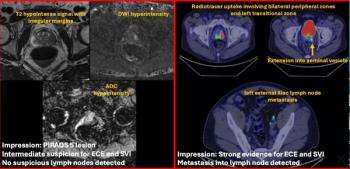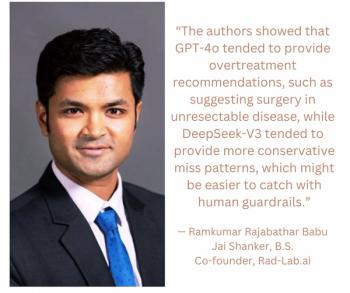
Study okays low-osmolar nonionic contrast for kids
Low-osmolar nonionic contrast agents pose a minimal safety risk to pediatric patients.
Low-osmolar nonionic contrast agents pose a minimal safety risk to pediatric patients.
Dr. Richard H. Cohan, a professor of radiology at the University of Michigan, and colleagues investigated the incidence of allergic-like reactions caused by low-osmolar nonionic contrast material in children from January 1999 through September 2004. They evaluated data from 11,306 patients who received contrast injections mostly for CT and for a few excretory urography exams. Fewer than 2% of the patients had severe but nonlethal acute allergic reactions related to contrast agents (AJR 2007;188:1643-1647).
Conventional wisdom holds that nonionic contrast agents pose minimal risk, but a sharp increase in the number of pediatric imaging exams using contrast media required a fresh look, Cohan said.
Newsletter
Stay at the forefront of radiology with the Diagnostic Imaging newsletter, delivering the latest news, clinical insights, and imaging advancements for today’s radiologists.




























